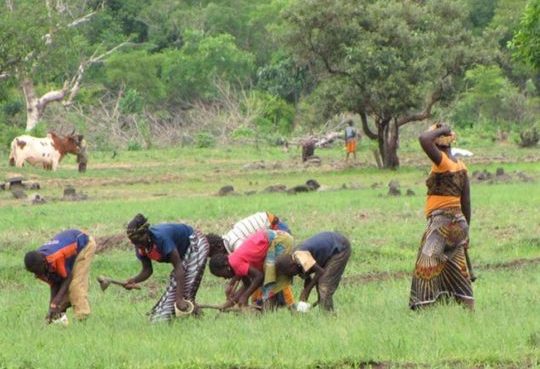There are more than 815 million malnourished people in the world today. Almost 243 million of these are in Africa, where the problem is highest. Unfortunately, development organisations may be making food insecurity worse as they push the most advanced forms of agriculture to the detriment of other food systems. These include methods like foraging and subsistence agriculture, on which poorer households often rely.
Historical changes in food systems – the way food is produced – have, for a long time, been conceptualised in terms of agricultural revolutions. According to this thinking, the world has experienced three major agricultural revolutions.
- When hunting and gathering was replaced by crop farming around 10 000 BC;
- When intensive organic agriculture arose in 18th century Europe and displaced less productive forms of farming; and
- When industrial farming began in 20th century North America, gradually spreading around the world.
But viewing the world in terms of these agricultural revolutions is problematic. According to this sequence, an older practice – like gathering – is no longer deemed practical; it’s even considered extinct. This logic suggests that the best way to address global malnutrition is to focus on the most advanced system. Today, that’s industrial food production where farmers use improved seeds, pesticides and inorganic fertilisers to produce more food.
But this view is flawed. We conducted research on gathering, or foraging the leaves and fruits of wild plants as well as insects, in West Africa. Our research suggests that hunting and gathering was never entirely displaced by crop farming.
Read full original article at independent.co.uk
28 June 2018Original Author: William G. Moseley

